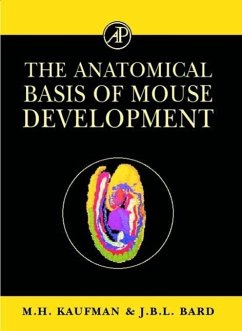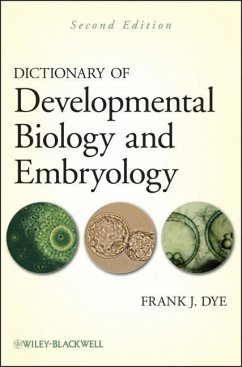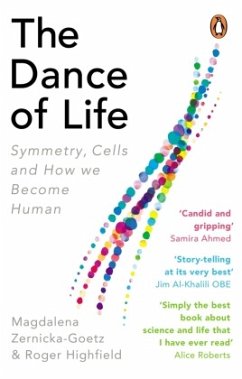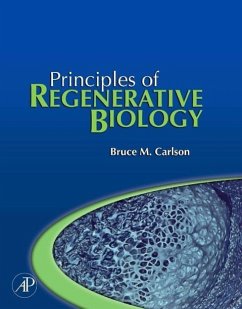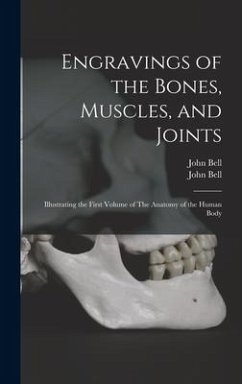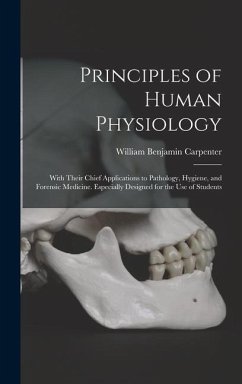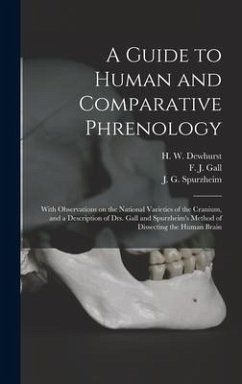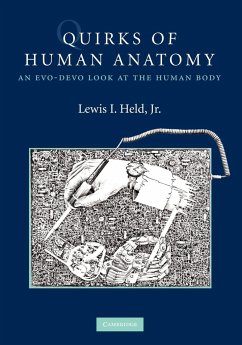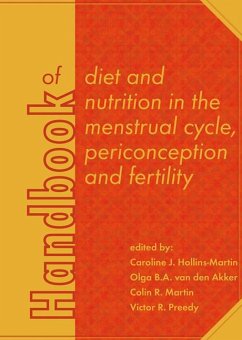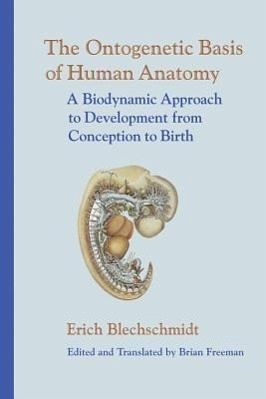
The Ontogenetic Basis of Human Anatomy
A Biodynamic Approach to Development from Conception to Birth
Herausgeber: Freeman, Brian
Versandkostenfrei!
Versandfertig in über 4 Wochen
22,99 €
inkl. MwSt.

PAYBACK Punkte
11 °P sammeln!
This book presents an anatomical overview of the changing form and structure of the human body. Although biomechanical embryology can be traced back to the 19th century, up until recently the most commonly accepted framework for the study of human ontogeny (development of the individual) was molecular biology, which all too frequently relied on findings from animal experiments that remained untested for humans. German embryologist and anatomist Erich Blechschmidt's research concentrates on the evidence presented by the human embryo itself. He offers a new approach to the study of early human g...
This book presents an anatomical overview of the changing form and structure of the human body. Although biomechanical embryology can be traced back to the 19th century, up until recently the most commonly accepted framework for the study of human ontogeny (development of the individual) was molecular biology, which all too frequently relied on findings from animal experiments that remained untested for humans. German embryologist and anatomist Erich Blechschmidt's research concentrates on the evidence presented by the human embryo itself. He offers a new approach to the study of early human growth as a way to shed light on the development of body build, instincts, gestures, language, mathematics, tools, and dress.



